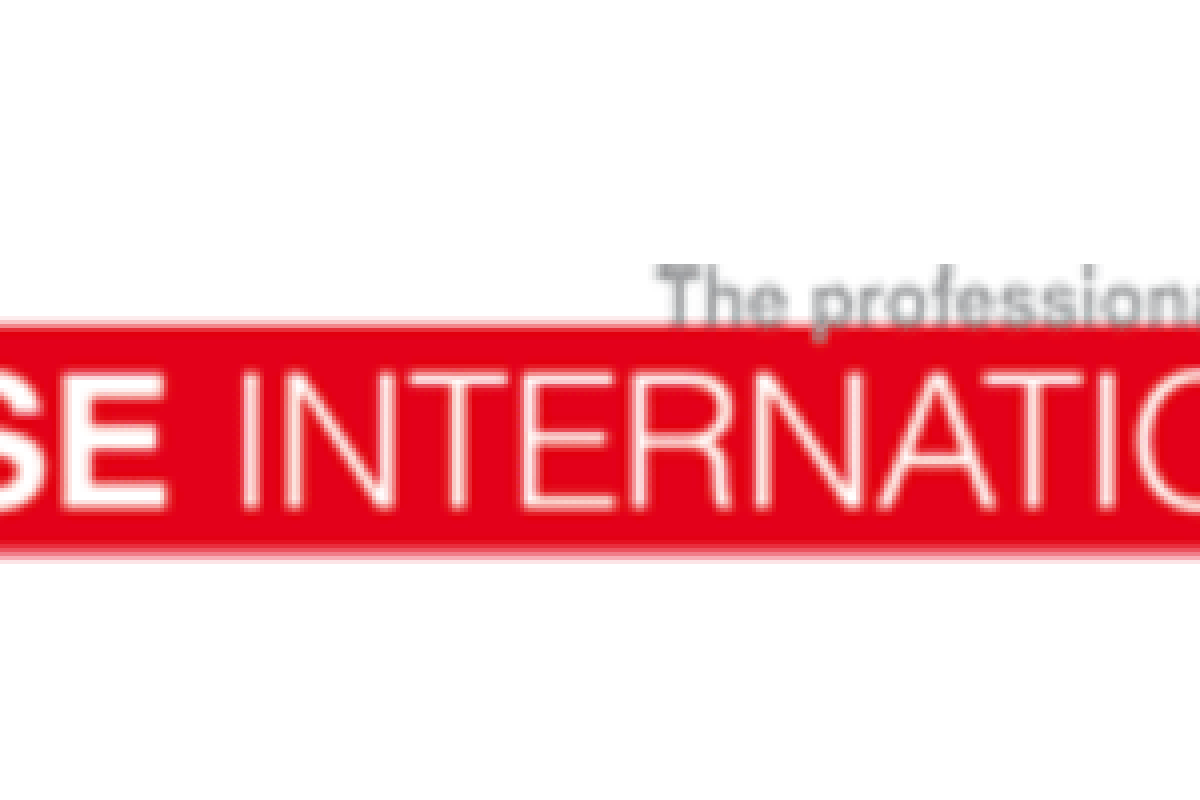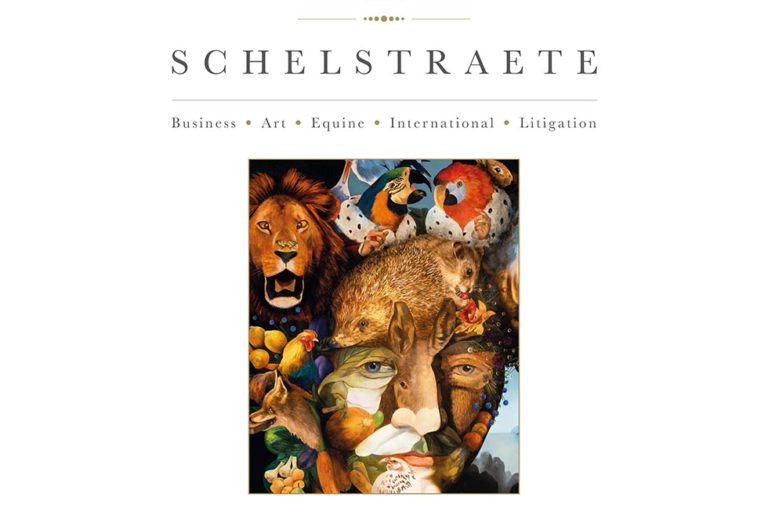Dit artikel is alleen beschikbaar in het engels.
In this issue of Horse International’s Legal and Veterinary Journal we would like to draw our readers attention to the lecture that was given by Schelstraete Equine Lawyers during the recent meeting of The International Society of Equine Locomotor Pathology (ISELP) in the Netherlands.
ISELP and SMDC
At the beginning of September the Sporthorse Medical Diagnostic Centre (SMDC) hosted veterinarians from all over the world who joined to partake in the European module of the International Society of Equine Locomotor Pathology. The event took place at SMDC´s brand new facility in Heesch, the Netherlands, and accommodated more than 135 Veterinarians for a three day long module.
SMDC´s newly established facility answers the need of the sport horse industry for a center of excellence where all orthopedic, diagnostic and treatment modalities can be utilized in combination with experience, specific knowledge and individual attention. It was therefore the ultimate location to hold such a prestigious module as the ISELP module. ISELP was formed in the United States under the direction of Dr. Jean-Marie Denoix and focuses on problems of lameness in the equine athlete with the goal to provide contemporary knowledge and techniques in the continually evolving field of equine locomotor analysis in order to better prepare the equine clinician to understand and manage lameness conditions in the equine athlete.
The organizers of the European ISELP Module invited Mr. Luc Schelstraete and Mr. Piotr Wawrzyniak of Schelstraete Equine Lawyers to speak to, and advice, their participants regarding legal complications in the veterinary field.
Presentation by Mr. Schelstraete and Mr. Wawrzyniak
Recent case law indicates that more and more veterinarians are being subjected to civil lawsuits. This occurs both jointly with, and separately from, the seller. It seems to be more common in certain countries to go after the veterinary than the seller when something goes wrong with the horse post purchase.
Conformity and Non-Conformity in Equine Sales
Mr. Schelstraete and Mr. Wawrzyniak held a lecture titled “Conformity and Non-Conformity in Equine Sales from a Legal and Veterinary Perspective”. Mr. Schelstraete commenced the lecture with introducing the concept of conformity and non-conformity stemming from European Union consumer protection laws. Following recent case law the notion of conformity and non-conformity has been applied more frequently to equine cases and sales disputes. The European Directive harmonizing these notions states that the supplied good (the horse) must be in conformity with the sales agreement. The conformity as such is further judged on the basis of the qualities that the buyer, given the nature of the good and the statements of the seller about it, could have expected on the basis of the agreement. The buyer may expect that the object has the qualities that are necessary to be able to use it in a normal way and of the presence of which he did not need to doubt as well as the qualities that are necessary to be able to use it in the particular way that the buyer intends to make of it as provided for in the agreement. In this regard Mr. Schelstraete pointed out the importance of the vet knowing what the purpose of the horse is and the expectations of the buyers, as this may influence the conformity with the agreement, regardless of the outcome of the pre-purchase examination.
Although the primary remedy of the buyer is for the seller to repair the non-conformity, many such equine legal disputes lead straight to the resolution of the contract where both the seller and the veterinarian may be held liable.
Documentation of the Pre-Purchase Examination
Mr. Schelstraete further advised the ISELP members to record a statement of the seller prior to the pre-purchase examination and provided examples of how this may look. It was emphasized that in order to avoid opening the possibility for a legal suit, it is of importance to document the history of the horse, both regarding health and performance. This will help the veterinarian to locate relevant areas of interest and to investigate them more in depth. Following case law it is seems that overlooking this step in the pre-purchase exam may, depending on the circumstances of the case, open the veterinarian up for a lawsuit on basis of professional negligence.
Conflicting obligations for vets
Moreover Mr. Schelstraete emphasized the risks of performing a pre-purchase exam of a horse, which the veterinarian already knows from earlier. In this case the veterinarian has two conflicting obligations arising: the duty to not reveal the information previously acquired and; and the duty to disclose important facts regarding the horse to the buyer. In this case it is advised that the vet reconsider his/her involvement in the pre purchase check. If the vet decides to go through with the examination then this should be with full transparency by asking the seller for the approval to release the horse’s previous medical documents to the buyer.
If this is not done, the vet risks being accused of misrepresentation or fraud.
Case law indicates
Case law discussed by Mr. Wawrzyniak pointed out relevant aspects which may be very influential in certain cases. Such as the significance of that each veterinary report produced by the vet has a date and is addressed to the person who has requested the examination. Non-addressed letters may end up in the wrong persons hands, creating the illusion that the report is made for them.
Case law has also presented situations where vets have been sued for treating a horse after the horse was already sold. It is therefore recommended to inquire who the owner is, especially if the horse comes back fro treatment shortly after a pre-purchase examination.
It was also advised that pre-purchase examinations be videotaped and that blood be drawn, preferably using the FEI doping kit. This kit has been developed in a way making it inherently difficult to interfere with the test, which provides security for both the buyer and the vet, would there be distrust in the handling of the blood test.
Conclusion
At the end of the lecture Mr. Schelstraete and Mr. Wawrzyniak answered questions asked by participants of the ISELP meeting and gave examples of does and don’ts.
Summarizing, this presentation and the event as such was a great opportunity to exchange information, expertise and to approach the activities of a vet both from the legal and the veterinary sciences´ point of view.
It was an honor to have been invited to this respected ISELP Module and Schelstarte Equine Lawyers look forward to future fruitful cooperation with ISELP and the international veterinary community.



